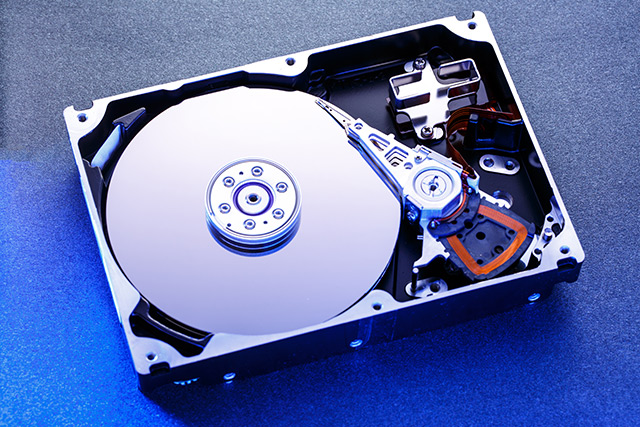
To address this problem, the U.S. Department of Energy's Critical Material Institute (CMI) has found a new way to recycle hard disk drive magnets into new magnet materials quickly. This breakthrough does not only address the environmental issue, but also the economic issue linked with mining electronic waste for valuable materials.
"There are a lot of ways to go about getting the rare-earth elements out of electronic waste, and some of them are very effective, but some create unwanted byproducts and the recovered elements still need to be incorporated into a new application. Here we have eliminated as many processing steps as we can, and go straight from the discarded magnet to an end product, which is a new magnet," scientist Ryan Ott, explained.
He added that it only made sense to recycle such valuable rare earth magnets which are just dumped in landfills.
The first part of the recycling process is collecting hard disk drive magnets. Second is removing all protective coatings; the magnets are then crushed into powder before they are placed on a substrate using plasma spray to synthesize coatings 1/2 to 1 mm thick. Depending on the processing controls, the properties of the end product may be customized.
Since the products were made using recycled magnets, their quality is not as exceptional as the original material. However, they are enough to meet the market demand for an economical choice. This new discovery is also a means to create strong magnets for smaller materials like hand-held gadgets. (Related: E-waste from advanced nations creating toxic dumping grounds in Asia, Africa.)
Ott shared that the waste reduction aspect of this method is two-fold. According to him, they are not only putting old magnets to good use but also reducing the amount of electronic waste by making them into small, useful products.
E-waste is damaging the Earth
The average length of time an American keeps a mobile phone is 18 months due to the fast-paced market of high-tech gadgets. In the U.S. alone, about 3.4 million tons of electronic wastes are disposed every year, and more than 20 million tons of waste are produced globally. Unfortunately, only 40 percent of these are being recycled. Furthermore, even recycled items leave traces of toxic chemicals in the environment.
E-wastes are damaging the ecosystems and are polluting the water since they normally contain the following toxic elements:
- Lead – Damages both the central and peripheral nervous systems.
- Beryllium – Can be very harmful to the lungs.
- Arsenic – It is known as a potent poison that causes irreversible damage to the digestive tract.
- Mercury – Damages the central nervous and endocrine systems.
- Cadmium – Repeated exposure may damage the lungs, kidney, and liver, and is potentially carcinogenic.
It is important both to human health and the environment to recycle as much e-wastes as possible. Recycling and/or repairing do not only give an opportunity for people in deprived areas access to technology in cheaper prices, it can also provide a livelihood for some through skill training.
Read more about the things that damage the environment and find out how you can help stop the by visiting Fracking.news today.
Sources include:
Please contact us for more information.























